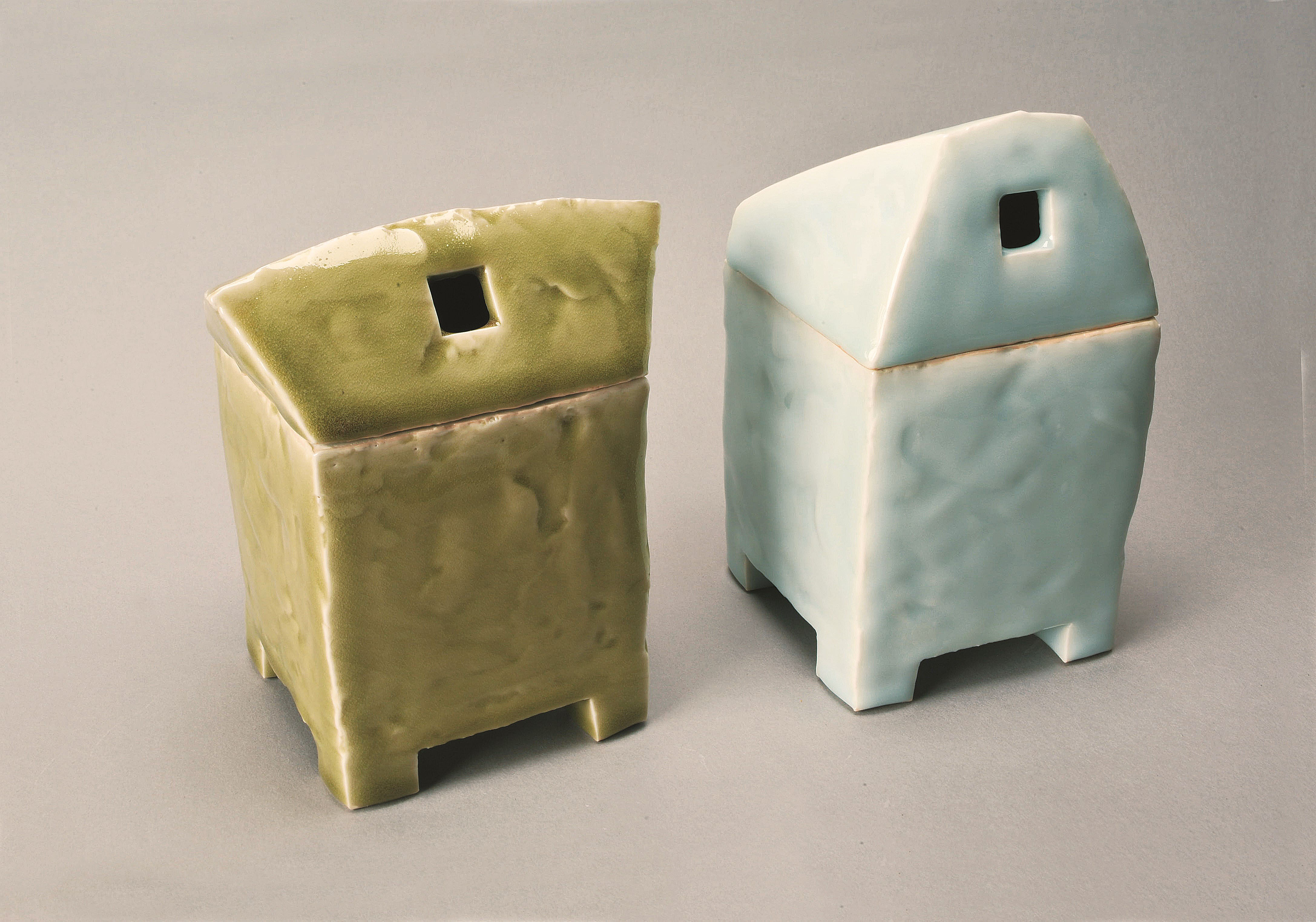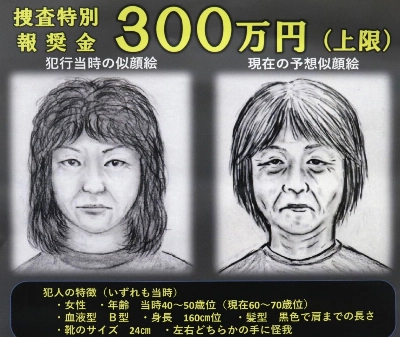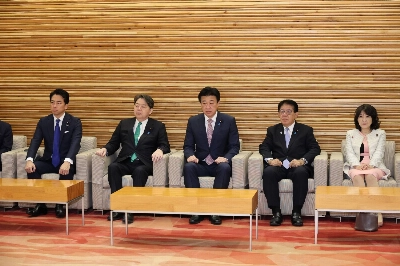It's quite fitting that the major Osamu Suzuki (1926-2001) retrospective, the first since the ceramicist's passing, is taking place at The National Museum of Modern Art in Kyoto, the hometown of the artist.
Suzuki was one of Japan's most important ceramic artists of the 20th century and he reshaped a new Japanese ceramic scene out of the ashes of World War II. What must it have been like for a young budding artist to encounter a devastated homeland? For Suzuki and a few of his clay-artist partners, namely Kazuo Yagi (1918-1979) and Hikaru Yamada (1923-2001), it was a call to forge a new path, a new vision of the possibilities of what could be done with clay. Thus they created their influential Kyoto group Sodeisha, or "Crawling through Mud Association," the name originating from a Chinese ceramic term that meant a glazing flaw. On their inaugural postcard from July 1948 this was their proclamation, "Postwar art needed the expediency of creating associations in order to escape from personal confusion; but today, finally, the provisional roles appears to have ended. The birds of dawn taking flight out of the forest of falsehood now discover the reflections in the spring of truth. We are united not to provide a 'warm bed of dreams,' but to come to terms with our existence in broad daylight."
And the trio, in their own deeply powerful and influential ways, fulfilled their ideals in taking clay from utilitarian and tea wares to a realm of pure art that shocked Japan and at the same time liberated it from its past.


















With your current subscription plan you can comment on stories. However, before writing your first comment, please create a display name in the Profile section of your subscriber account page.